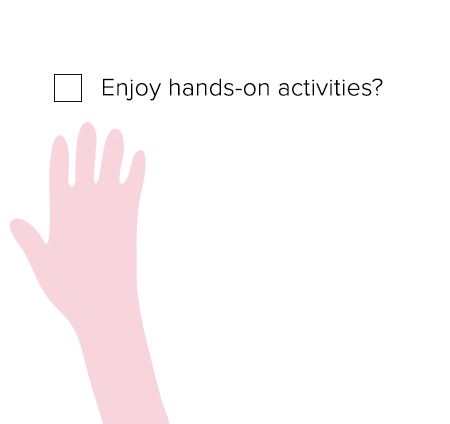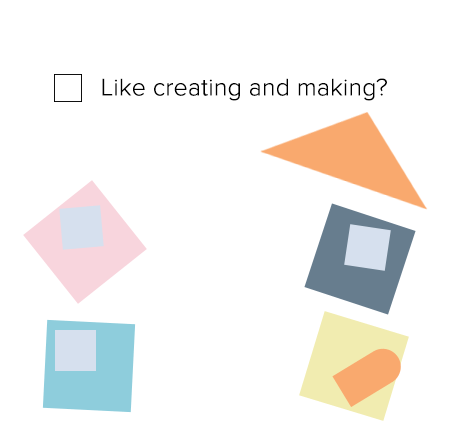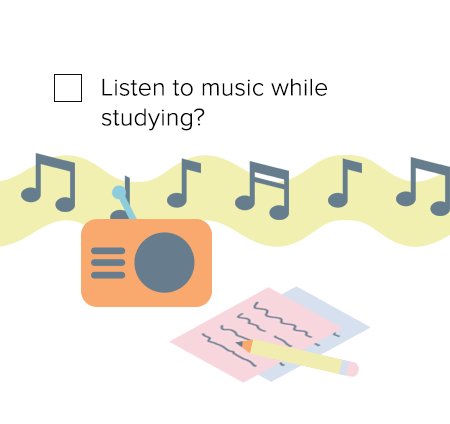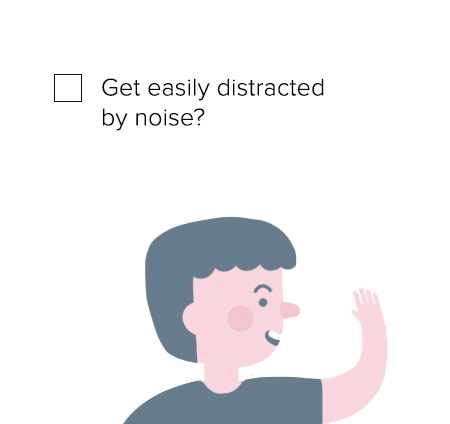Each child is unique and learns in different ways. Explore different styles of learning in this series of articles as we seek to understand the best ways of nurturing each child’s love of learning.
Learning has often been described as a journey — something that takes time, requires effort and presents challenges to the traveller. While these notions are not untrue, it is perhaps more important to look at learning as a multifaceted object. If we consider the range of personalities among children, surely it is logical to look at each child’s learning profile as being unique as well.
In this series, we explore several major learning styles. With a multitude of educational psychology theories on learning types, it can be easy to ‘diagnose’ a child by tying them to one specific learning style. However, to avoid over simplification, you should encourage the different learning sensibilities in your child to maximise his or her learning potential and output.
It is all about movement and sound! Kinaesthetic learners use movement as their primary mode of understanding. Auditory learners are motivated by sounds. For kinaesthetic learners, doing is key — they love to be in the thick of the action because that is where they best acquire and retain information. These learners may keenly scribble down their notes during a lesson but may not use these notes during revision time. Spot a kinaesthetic learner by their high energy levels and their enthusiasm, expressed by, you guessed it — their actions! Auditory learners respond best to sounds, so verbal instructions are always received loud and clear. Such learners can best recall information that has been said to them and can remember what they say to others.




Sustaining Attention Span
Since kinaesthetic and auditory learners are motivated by movement and sound, enduring long hours in a classroom may prove to be a challenge. Opportunities to move around and to express oneself may not always present themselves in a formal environment and so, these learners often tend to fidget or hum to themselves during lesson time. One way for kinaesthetic learners to overcome this potential barrier to learning would be to pen down and decorate notes during class. In a quiet classroom engaged in written work, auditory learners should focus on sounding out the words of written instructions in their mind in order to stay motivated to complete their task.
Studying Effectively
Kinaesthetic and auditory learners may not necessarily take to conventional methods of revision such as creating mindmaps or reading through their notes (which would appeal to visual learners). Instead, kinaesthetic learners should consider incorporating movements with their studying methods. They might choose to do so by tapping a pen on the paper, bouncing their leg up and down as they revise or even pacing in a room as they absorb information. In contrast, auditory learners would benefit from reading their work out loud or making a recording of the content they need to revise so they might replay it at a later time. Such learners also benefit from listening to music while they study.
Processing Visual Information
Pictures, diagrams, graphs. While these elements would appeal to a visual learner, they would certainly pose a barrier to learning for kinaesthetic and auditory learners. Kinaesthetic learners can put their creative energies to work by creating their own study tools and notes — this process can help them to retain knowledge. These learners can also try using hand gestures and movements to match the flow of information in a chart or diagram, thereby connecting static information to a dynamic movement. Auditory learners should focus on processing visual information via auditory sources such as videos or turning visual cues into a resource for an oral report. Setting visuals to music can also help auditory learners to better retain knowledge.

Let your child excel in an environment that encourages learning that works for him or her. At The Learning Lab kinaesthetic and auditory learners benefit from:
- a range of content delivery methods in our classes such as the use of videos, sounds, experiments, games and crafts where appropriate.
- a dynamic classroom environment that calls for peer engagement and teacher-student engagement through board work, group work, presentations as well as question-and-answer sessions.
When it comes to the materials you child sees in class, our curriculum specialists have considered the needs of kinaesthetic and auditory learners, ensuring that teachers have the flexibility to run the curriculum in dynamic ways. Creative and refreshing content ideas also give your child the chance to express his or her enthusiasm and engage in stimulating conversations.
Primary English lessons have components such as media studies and oral presentations that keep kinaesthetic and auditory learners engaged.
Primary Math lessons engage learners with the use of manipulatives, games and a strong emphasis on verbal instructions.
Primary Science lessons give students the opportunity for hands-on practice when applying knowledge of theoretical concepts as well as promoting interaction with classmates.
If you think your child is a kinaesthetic or auditory learner, leave a comment and share with us about how you’ve encouraged their learning!
Enrol your child in one of our core programmes and give your kinaesthetic and auditory learner the opportunity to love learning today.
Learn more about nurturing the love of learning in your child by visiting www.thelearninglab.com.sg or calling us at 6733 8711.